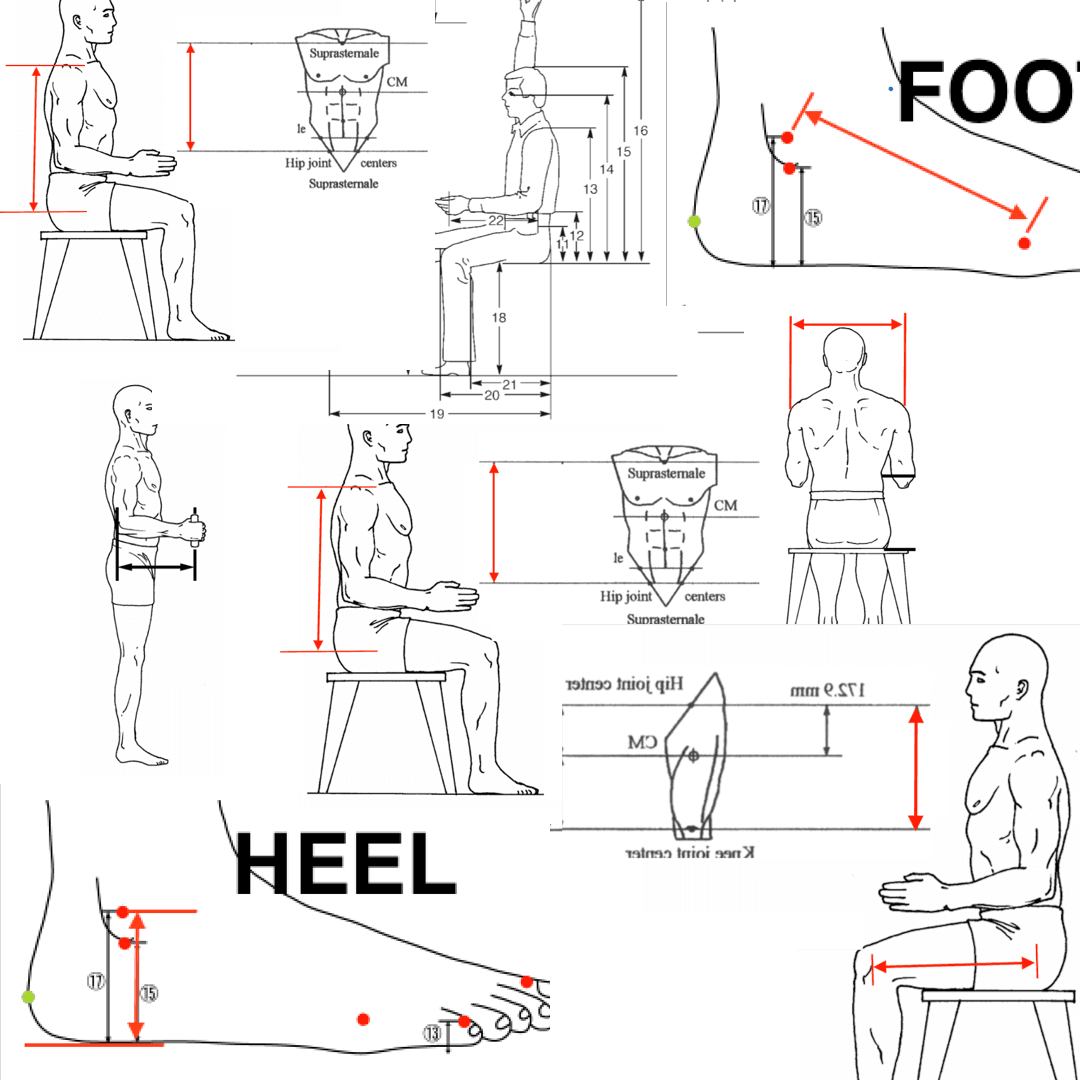In this blog I will expand on the different measurements we need to consider when using any of the "bikefit" features of the bike app.
Height
Height is the first input we ask you to enter. The main reason we ask for your height is to “autofill” the rest of your body parameters with “normal” values for people that are the same height as you.
Size Males and Females typically vary inSelecting wether your are male or female will change the value of each normalized segments for people your height.

To measure your height, stand up straight with your back against a wall and measure the vertical distance from the floor to the top of your skull. Placing a book or a ruler flat on your head can help.
Trunk
The Trunk, or torso, is a measure of the length of your upper body. It's the distance between your hip joint and your shoulder joint.
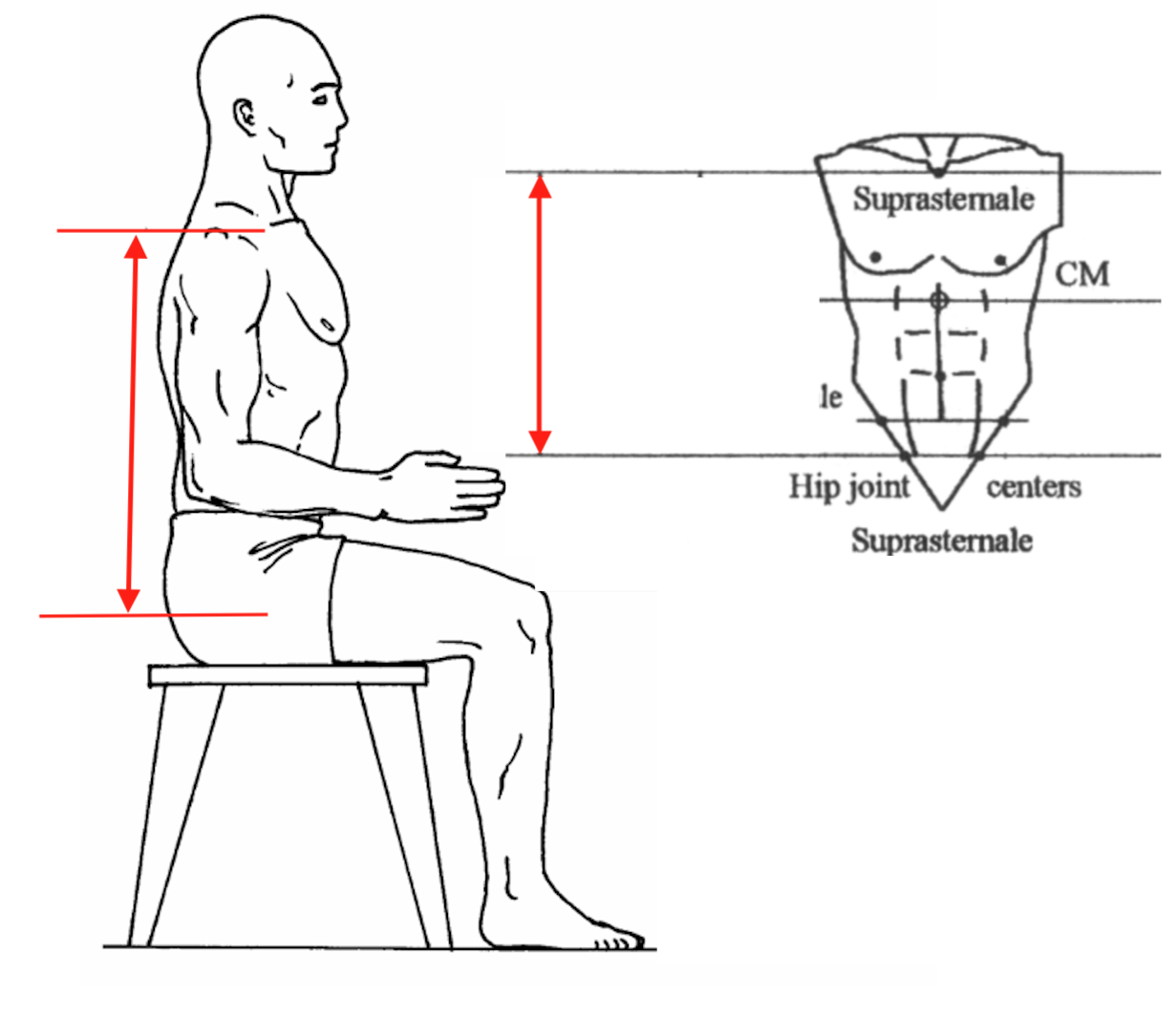
To measure your trunk, stand up straight. Do not slouch forward. Do not pump your chest up. Keep your shoulders relaxed. There shouldn’t be any tension in your trapezius or back muscles.
Now measure the distance from the widest bony point of your hips to the apex of your shoulder.
Thigh
Your thighs are your upper legs. The thighs are the link between the hip joint and the knee joint.
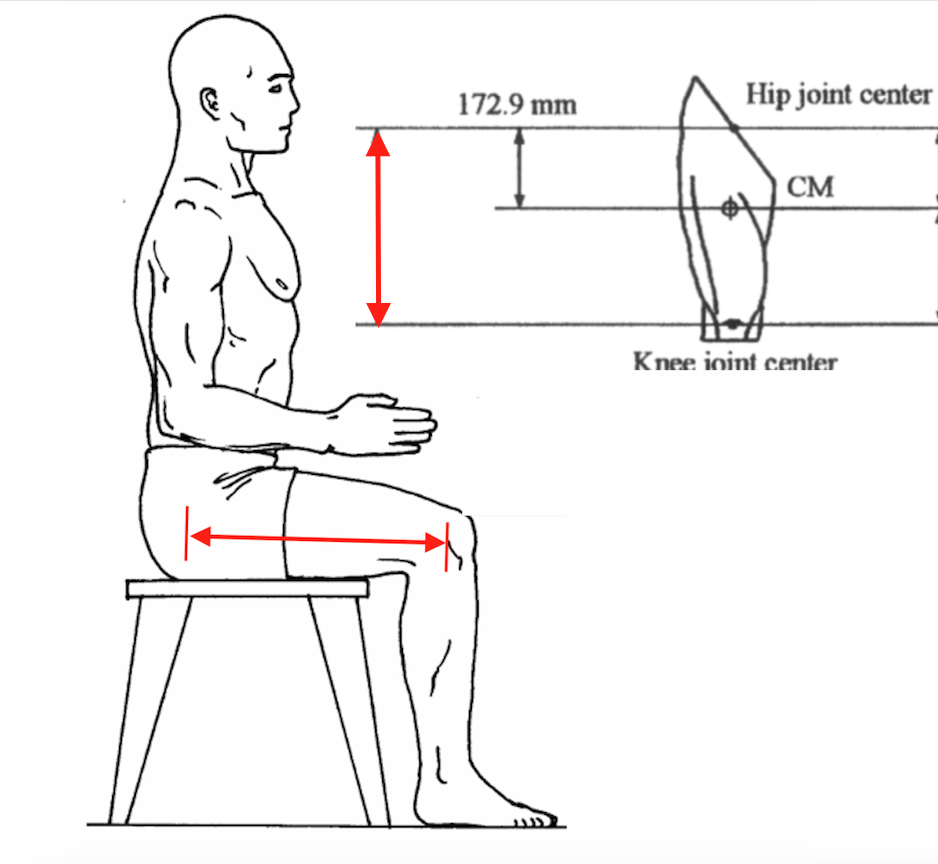
To measure your thigh, it is best to stand up with one foot on a step or stool such that your knee is bent at approximately 90°. ( This can also be done sitting down with your feet on the ground).
To measure your thigh, measure the distance between the center of your hip joint to the center of your knee joint. The center of your knee joint should not move when bending the knee.
Tibia
Your tibia represents your lower leg. It is the distance between the center of the knee joint to the center of your ankle joint.
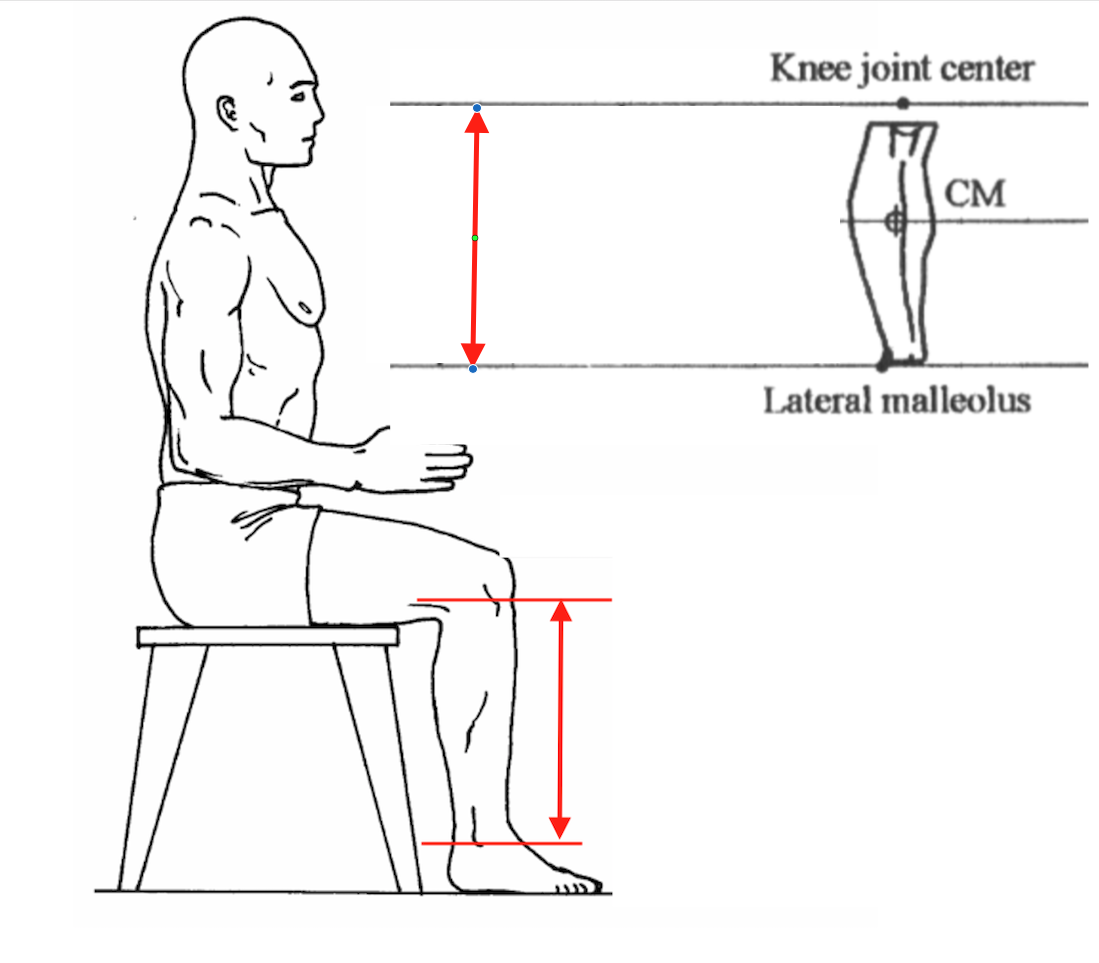
Use the widest point of the lateral malleolus bone to help you find the center of your ankle joint. That is the bony bump that sits on the outside of your ankles.
Foot
The foot parameter is very important to get right, because it does not correspond to your overall foot size or length.
The foot parameter is actually the distance from your ankle joint to the plant of your foot.

To measure your foot length, place your foot flat on the ground and your lower leg perpendicular to the ground. Measure the distance from the ankle’s malleolus bone to the widest part on the outside of your foot. This measure should not change by bending or unbending your ankle.
Upper Arm
Your upper arm is the body segment that links your shoulder joint to your elbow joint.
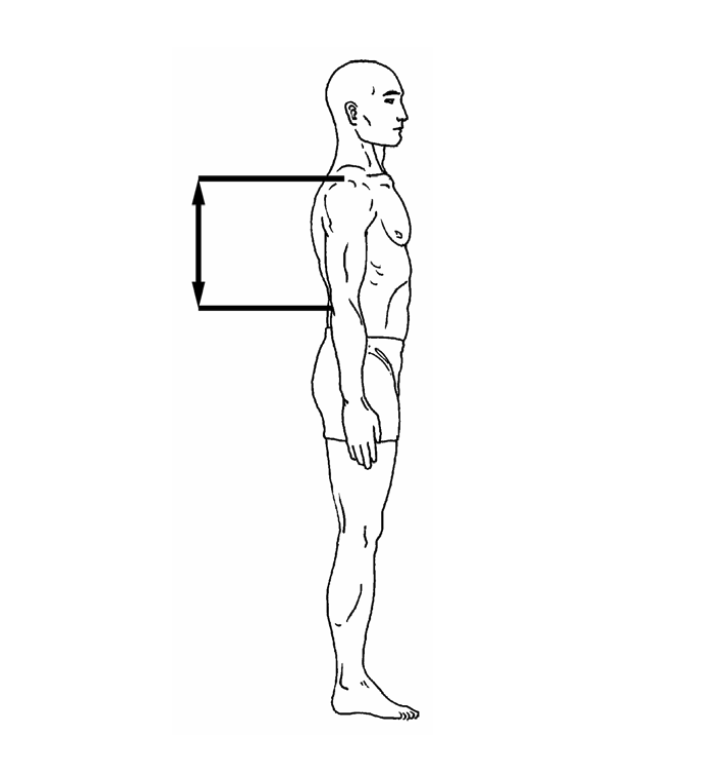
To measure your upper arm, bend your elbow at 90° and measure the distance from the apex of your shoulder joint to the center of the elbow joint. Use the head of the lateral condyle bone to find the center of the elbow joint
Lower Arm
Your lower arm is the body segment that separates your elbow joint to the grasp of your palm. In other words, it’s a measure of the distance between your elbow and the ~middle of your hand.
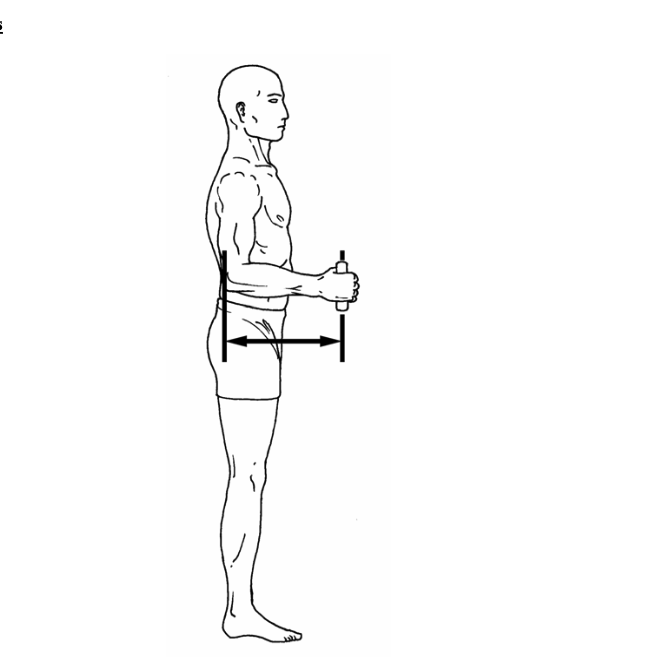
To measure your lower arm:
- Grab a cylindrical pencil-like object.
- Make a fist around that object.
- Rotate your hand inwards.
- Bend your elbow at 90°
- Measure the distance between the pencil and the center of your elbow joint. Use the head of the lateral condyle bone to find the center of the elbow joint
Conclusion
Hopefully this article can remove some ambiguity arround measuring different body segments.
If you wish to access the images of this article on the fly, you can quickly see them in the Bikfit Simulator by hovering the name of each body segment with your mouse.

If you still are having some problem arround some of these concepts, feel free to send us an email (contact link is in the footer). We'll gladly help

